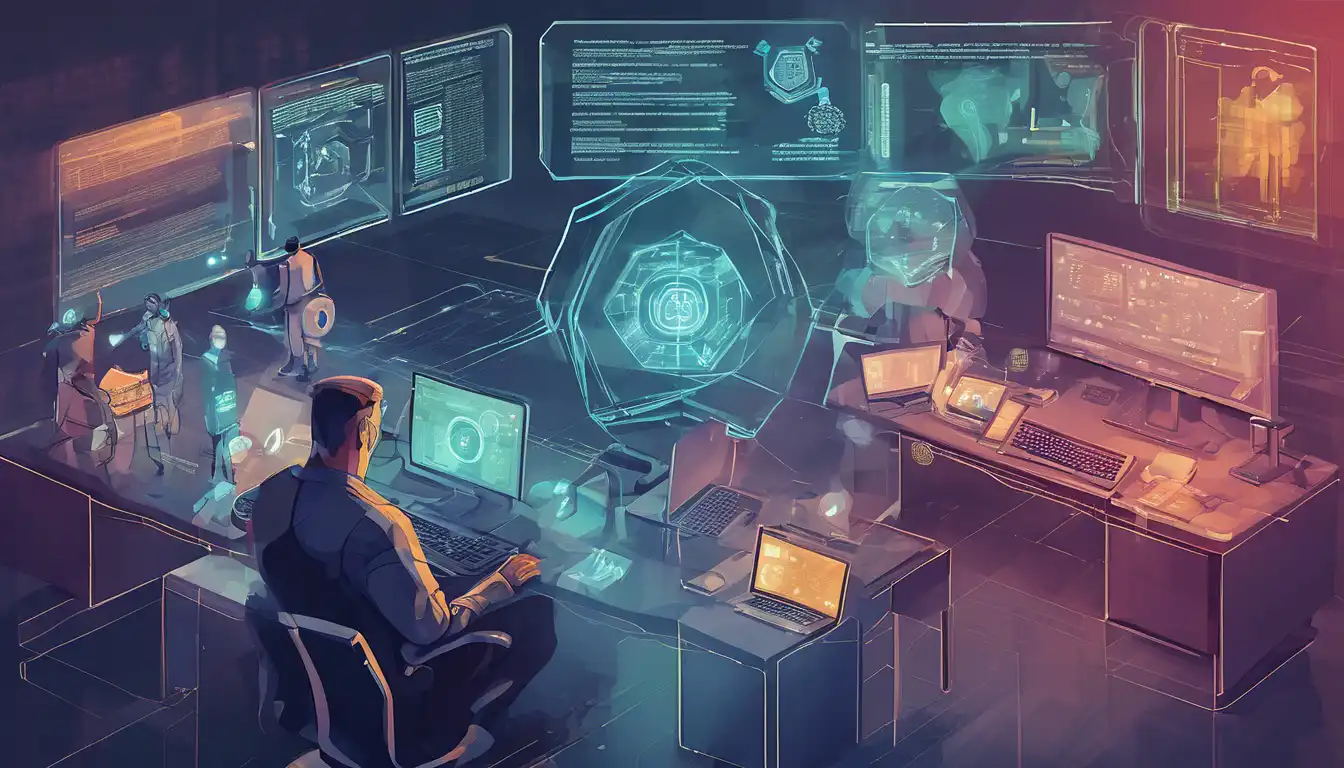Introduction to Cybersecurity Trends
In the ever-evolving digital landscape, staying ahead of cybersecurity threats is paramount for businesses and individuals alike. The year 2023 has brought forward innovative strategies and technologies designed to fortify defenses against increasingly sophisticated cyber attacks. This article delves into the latest trends in cybersecurity defense, offering insights into how you can protect your digital assets effectively.
Zero Trust Architecture
One of the most significant shifts in cybersecurity defense is the adoption of Zero Trust Architecture (ZTA). Unlike traditional security models that operate on the assumption that everything inside an organization's network can be trusted, ZTA requires verification from everyone trying to access resources on the network, regardless of whether they are within or outside of the organization's perimeter. This approach minimizes the chances of unauthorized access and lateral movement within the network.
Artificial Intelligence and Machine Learning
Artificial Intelligence (AI) and Machine Learning (ML) are playing pivotal roles in identifying and responding to cyber threats in real-time. These technologies can analyze vast amounts of data to detect patterns indicative of a cyber attack, enabling preemptive action before significant damage occurs. AI-driven security systems are becoming indispensable tools in the cybersecurity arsenal.
Cloud Security Posture Management
As more organizations migrate to the cloud, securing cloud environments has become a top priority. Cloud Security Posture Management (CSPM) tools automatically identify and rectify potential vulnerabilities in cloud configurations, ensuring that the cloud infrastructure remains secure against attacks. These tools are essential for maintaining compliance and protecting sensitive data stored in the cloud.
Enhanced Phishing Defense Mechanisms
Phishing attacks continue to be a major threat vector for cybercriminals. In response, cybersecurity defenses have evolved to include more sophisticated email filtering technologies, user education programs, and multi-factor authentication (MFA) to reduce the likelihood of successful phishing attempts. Staying informed about the latest phishing tactics and defense mechanisms is crucial for safeguarding against these attacks.
Conclusion
The landscape of cybersecurity is constantly changing, with new threats emerging regularly. By staying informed about the latest trends and adopting advanced defense strategies, organizations and individuals can significantly enhance their cybersecurity posture. Embracing technologies like Zero Trust Architecture, AI and ML, CSPM, and enhanced phishing defenses will be key to protecting digital assets in 2023 and beyond.
For more insights into protecting your digital environment, explore our technology section for the latest updates and tips.
